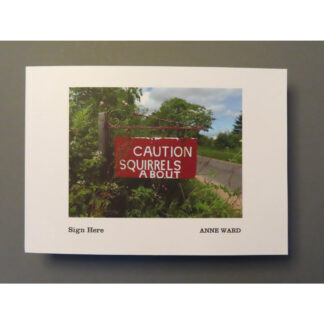
The Isle of Iona lies just off the south-west coast of Mull. The ferry leaves from Fionnphort, a pretty wee place with a particularly stunning beach (above).

The ferry takes 10 minutes and runs frequently. Cars are only allowed on Iona with a permit that must be organised in advance.

Famous as the cradle of Christianity since St Columba arrived in 563, there are various landmarks, like the ruins of the 13th century nunnery, St Oran’s chapel (below) and the Abbey. John Smith, the former Labour leader is buried in the churchyard.

Iona is a relatively small island – 1.5 miles wide by 3 miles long. The main attractions are fairly close to the ferry slipway and beyond that there are longer walks and beautiful white beaches. There’s an interesting mix of locals, tourists and pilgrims floating about. Lots of international accents in this remote corner of Scotland.

Iona is often described as a “thin place” where the gap between heaven and earth is closer than usual, like Holy Island and Holy Isle. I didn’t feel that (I’m not religious), but it was extraordinarily beautiful. I’ve never seen a colour palette like it, with the blue sea and the salmon-coloured rocks offset against the rugged yellows and browns of the hills.

I understand what people mean now, about it being a place that stays with you.





